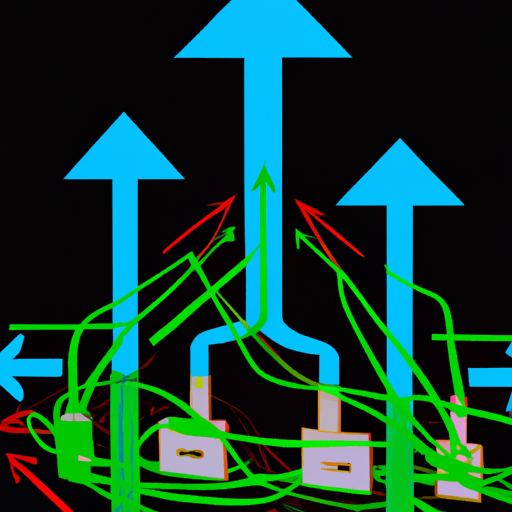What is ATM Frame Relay? A Comprehensive Guide
ATM Frame Relay is a networking technology that combines the benefits of Asynchronous Transfer Mode (ATM) and Frame Relay. It provides a reliable and efficient way to transmit data over wide area networks (WANs). In this article, we will explore the concept of ATM Frame Relay and its key features.
Understanding ATM Frame Relay
ATM Frame Relay is a protocol that allows for the transmission of data packets between devices in a network. It is based on the principles of both ATM and Frame Relay, incorporating the strengths of both technologies.
ATM, or Asynchronous Transfer Mode, is a cell-based switching technology that provides high-speed and low-latency data transmission. It uses fixed-size cells to transmit data, ensuring consistent performance and efficient bandwidth utilization. ATM is widely used in telecommunications networks and is known for its ability to handle various types of traffic, including voice, video, and data.
Frame Relay, on the other hand, is a packet-switching technology that operates at the data link layer of the OSI model. It is designed for efficient data transmission over WANs and offers a cost-effective solution for connecting remote locations. Frame Relay uses variable-size frames to transmit data, allowing for flexible bandwidth allocation.
The Benefits of ATM Frame Relay
By combining the strengths of ATM and Frame Relay, ATM Frame Relay offers several benefits for network communication:
1. Efficient Bandwidth Utilization: ATM Frame Relay optimizes bandwidth usage by dividing data into fixed-size cells, reducing overhead and improving network efficiency.
2. Quality of Service (QoS): ATM Frame Relay supports QoS mechanisms, allowing for the prioritization of traffic and ensuring that critical applications receive the necessary bandwidth and latency requirements.
3. Scalability: ATM Frame Relay is scalable, making it suitable for networks of varying sizes. It can accommodate a large number of devices and provide reliable connectivity across multiple locations.
4. Flexibility: ATM Frame Relay supports multiple protocols, making it compatible with a wide range of network devices and applications. It can handle different types of traffic, including voice, video, and data.
Use Cases of ATM Frame Relay
ATM Frame Relay is commonly used in the following scenarios:
1. Wide Area Networks: ATM Frame Relay is ideal for connecting geographically dispersed locations, such as branch offices or remote sites, over a WAN. It provides reliable and efficient data transmission, ensuring seamless communication between different locations.
2. Service Provider Networks: Many service providers use ATM Frame Relay to offer connectivity services to their customers. It allows for the efficient allocation of bandwidth and ensures reliable transmission of data.
3. Voice and Video Applications: ATM Frame Relay is well-suited for voice and video applications that require low latency and high-quality transmission. It can prioritize real-time traffic, ensuring smooth and uninterrupted communication.
In Conclusion
ATM Frame Relay combines the benefits of ATM and Frame Relay to provide a reliable and efficient networking solution. It offers efficient bandwidth utilization, QoS support, scalability, and flexibility. ATM Frame Relay is commonly used in wide area networks, service provider networks, and voice/video applications. By understanding the concept and advantages of ATM Frame Relay, organizations can make informed decisions regarding their network infrastructure and communication needs.




